
Leisurely

Italy has long captivated travellers with its art, architecture and cuisine, but it’s also one of the world’s premier destinations for cycling holidays. Across the peninsula, a tapestry of landscapes, sun-kissed coasts, medieval towns and rural farmlands, invites you to explore at the perfect pace. From Tuscany’s Renaissance heartland to Puglia’s whitewashed villages, cycling here reveals a side of Italy often missed by car or train.
Italy’s network of secondary roads, quiet lanes and cycle paths makes it easy to find scenic routes away from heavy traffic. The country’s varied terrain caters to every ability level, from gentle coastal rides to challenging mountain climbs. Add to that a Mediterranean climate with long seasons of sunshine and mild winters in the south, and it’s easy to see why cyclists flock here year after year.
Cycling also allows for an immersive experience: stopping at a roadside café for an espresso, chatting with locals in village piazzas, or pausing to admire a centuries-old church that isn’t in any guidebook.
Tuscany is perhaps Italy’s most iconic cycling destination. Its undulating hills are dotted with cypress trees, stone farmhouses and vineyards producing Chianti and Brunello wines. Popular routes link Florence, Siena, Pisa and San Gimignano, weaving together Renaissance art treasures with landscapes immortalised in paintings.
While Tuscany can be hilly, many routes are designed to be manageable for recreational riders, and the climbs are rewarded with sweeping descents and postcard views. Spring and autumn are especially beautiful, with wildflowers in bloom or golden vineyards at harvest time.
Adjacent to Tuscany, Umbria offers a quieter but equally captivating experience. Known as Italy’s “green heart,” it features hill towns like Assisi, Spoleto and Orvieto, surrounded by forests, olive groves and sunflower fields. Roads are less busy than in Tuscany, making it ideal for those who want a slower pace and a more off-the-beaten-track feel.
Cyclists can ride along the shores of Lake Trasimeno, explore ancient monasteries and sample local delicacies such as black truffles and pecorino cheese.
Heading south, Lazio forms a natural bridge between central and southern Italy. It’s possible to cycle through rolling countryside, volcanic lakes and medieval villages before arriving in Rome itself. The Eternal City offers a dramatic end point for long-distance rides, with routes converging from the north and east.
Further south lies Campania, home to the Amalfi Coast, Naples and the ancient ruins of Pompeii. Cycling here can be more challenging, especially on cliff-hugging coastal roads, but the rewards are spectacular. Lemon groves, pastel-coloured villages, turquoise bays and ancient archaeological sites punctuate the rides.
Spring and early autumn are the best times to tackle these routes, when the weather is mild and the roads are less crowded.
At Italy’s southern tip, Puglia feels refreshingly different from the north. It is largely flat or gently rolling, making it perfect for leisurely cycling. The region is famous for its olive groves (some trees are thousands of years old), whitewashed towns, and the unique trulli houses of Alberobello.
Cyclists can follow quiet lanes to the baroque city of Lecce, explore coastal paths along the Adriatic, and discover hidden beaches. The slower pace of life here makes it ideal for relaxed rides with plenty of cultural stops.
Cycling through Italy isn’t just about landscapes, it’s also about daily rituals and sensory experiences. Each region has distinct culinary traditions: Tuscan ribollita soup, Umbrian black truffles, Neapolitan pizza, Puglian orecchiette pasta. Markets, vineyards and roadside trattorias provide built-in breaks for refuelling.
Historic town squares, churches and archaeological sites dot the routes, allowing you to blend exercise with cultural exploration.
Timing matters. Spring (April–June) and autumn (September–October) offer ideal weather almost everywhere. In the north, summer can be pleasant at altitude, but in the south, the cooler months are best for long rides. Winter cycling is possible in southern regions like Puglia, Sicily and Calabria, where temperatures remain mild.
From Tuscany’s rolling vineyards to Puglia’s coastal plains, Italy offers an endlessly diverse canvas for cyclists. Each region has its own identity, yet all share a deep sense of history, hospitality and beauty. Cycling here is more than a sport — it’s a way to experience Italian culture up close, at a pace that lets every detail sink in.
Whether you’re looking for leisurely rides between hill towns, challenging climbs with epic views, or coastal routes kissed by Mediterranean breezes, Italy truly is a cycle holiday dream.

Leisurely

Leisurely
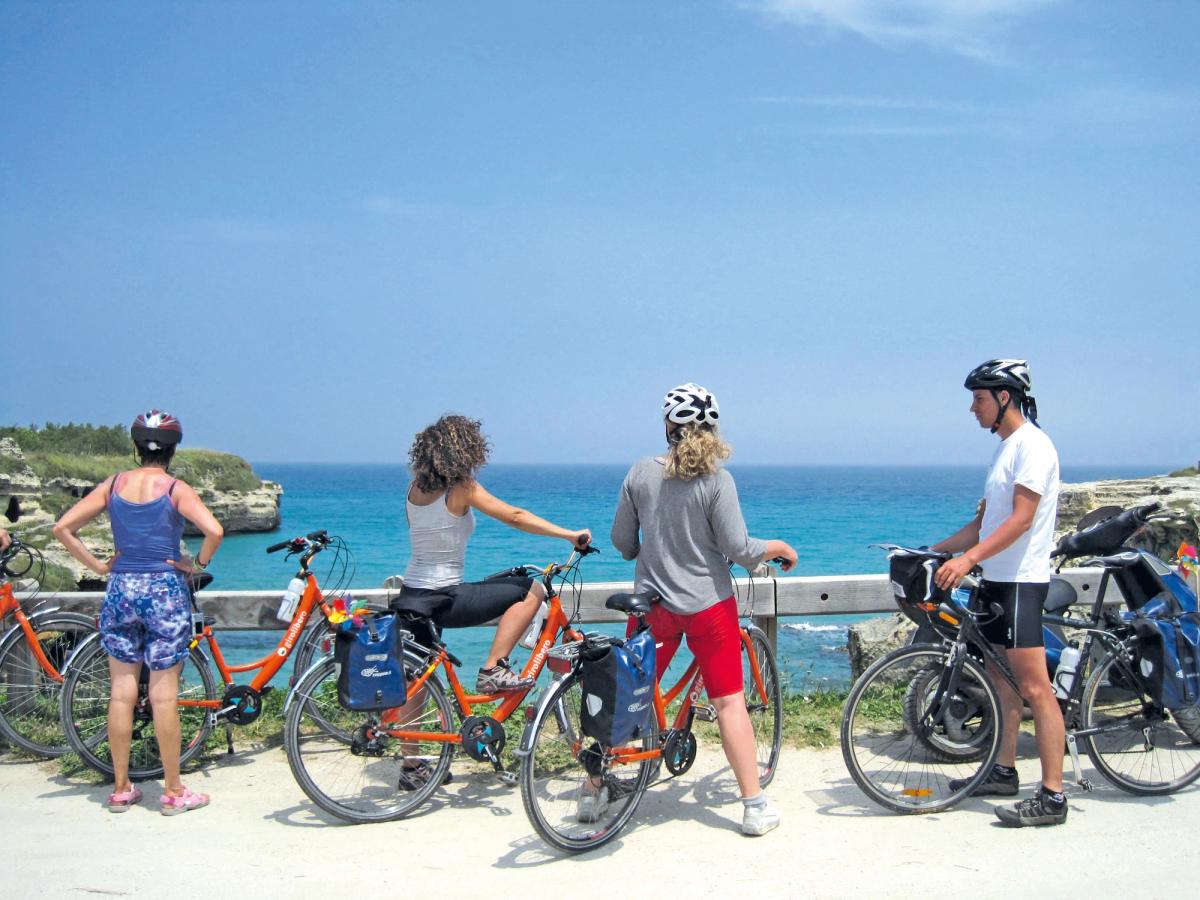
Leisurely
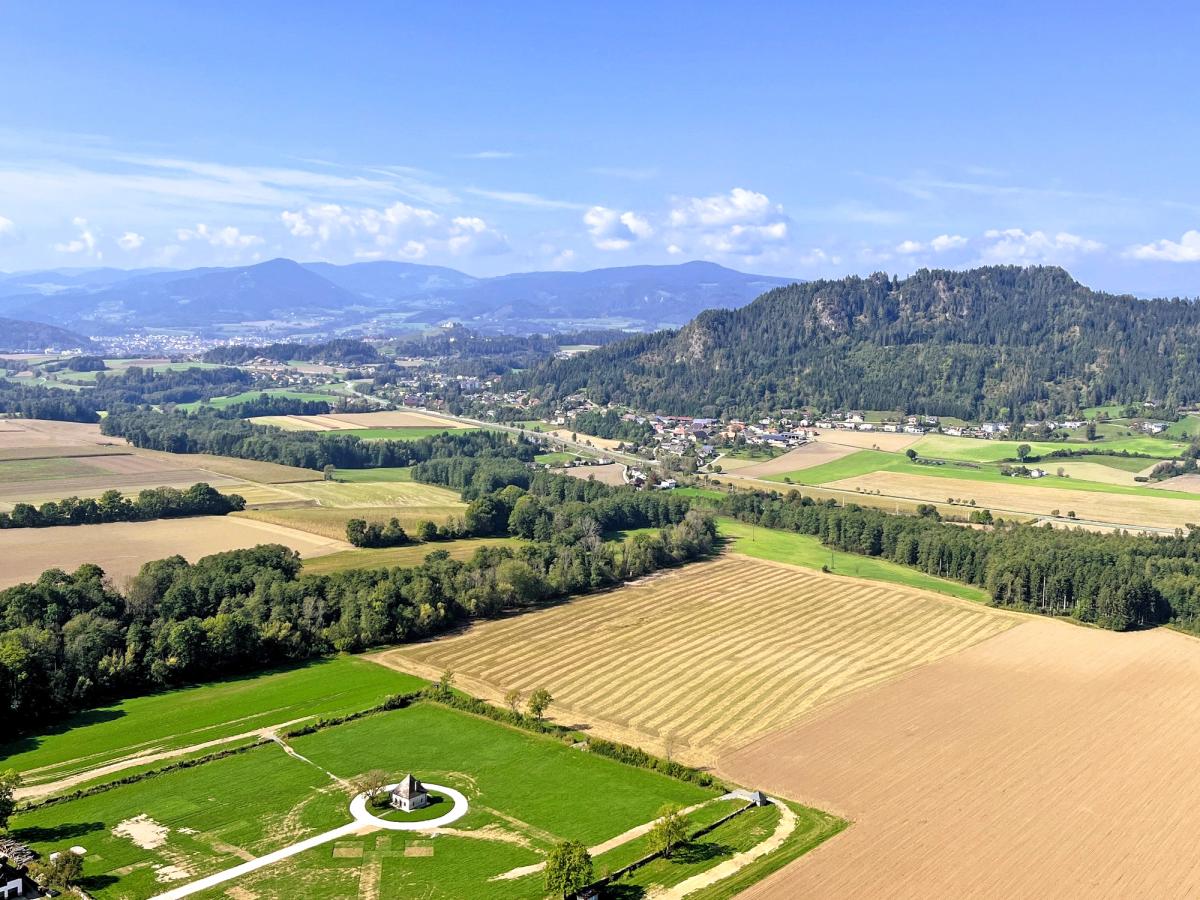
Leisurely
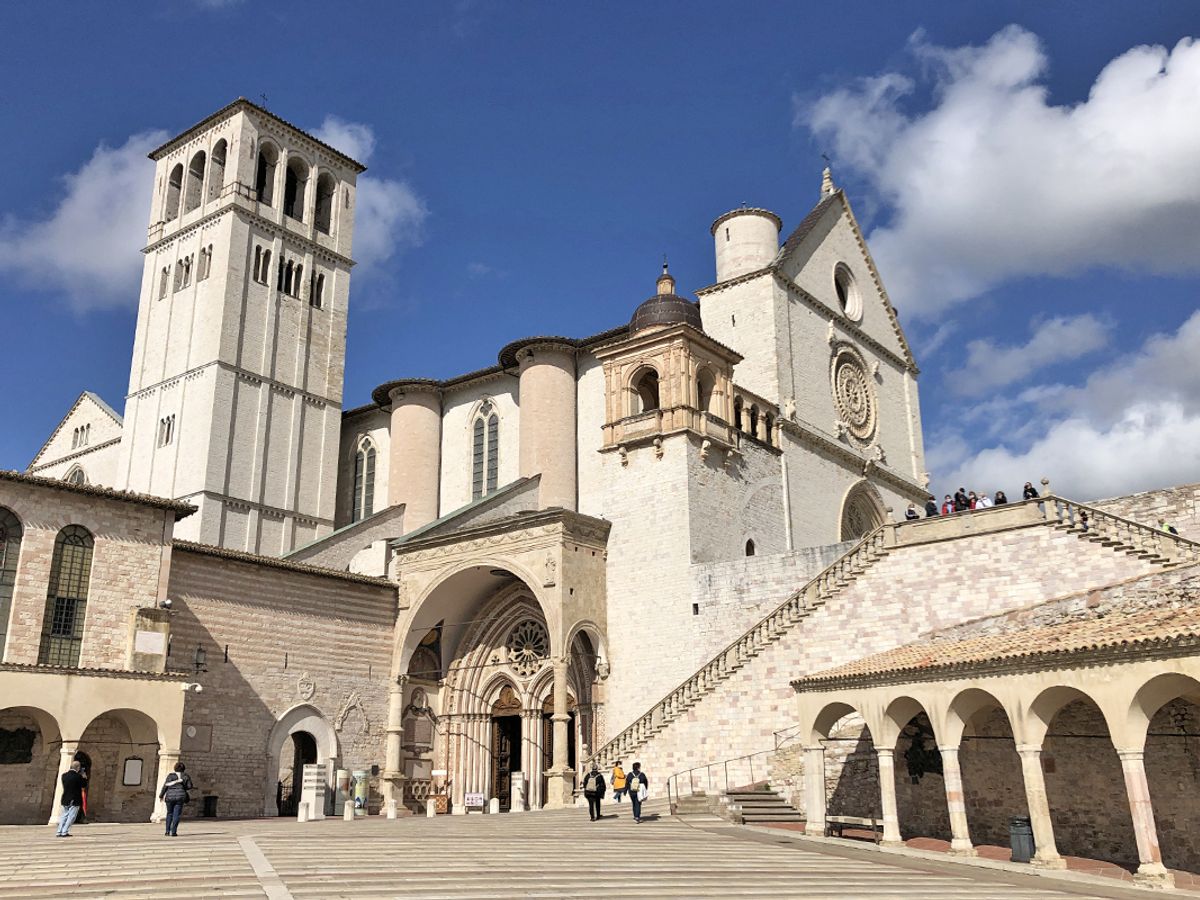
Moderate
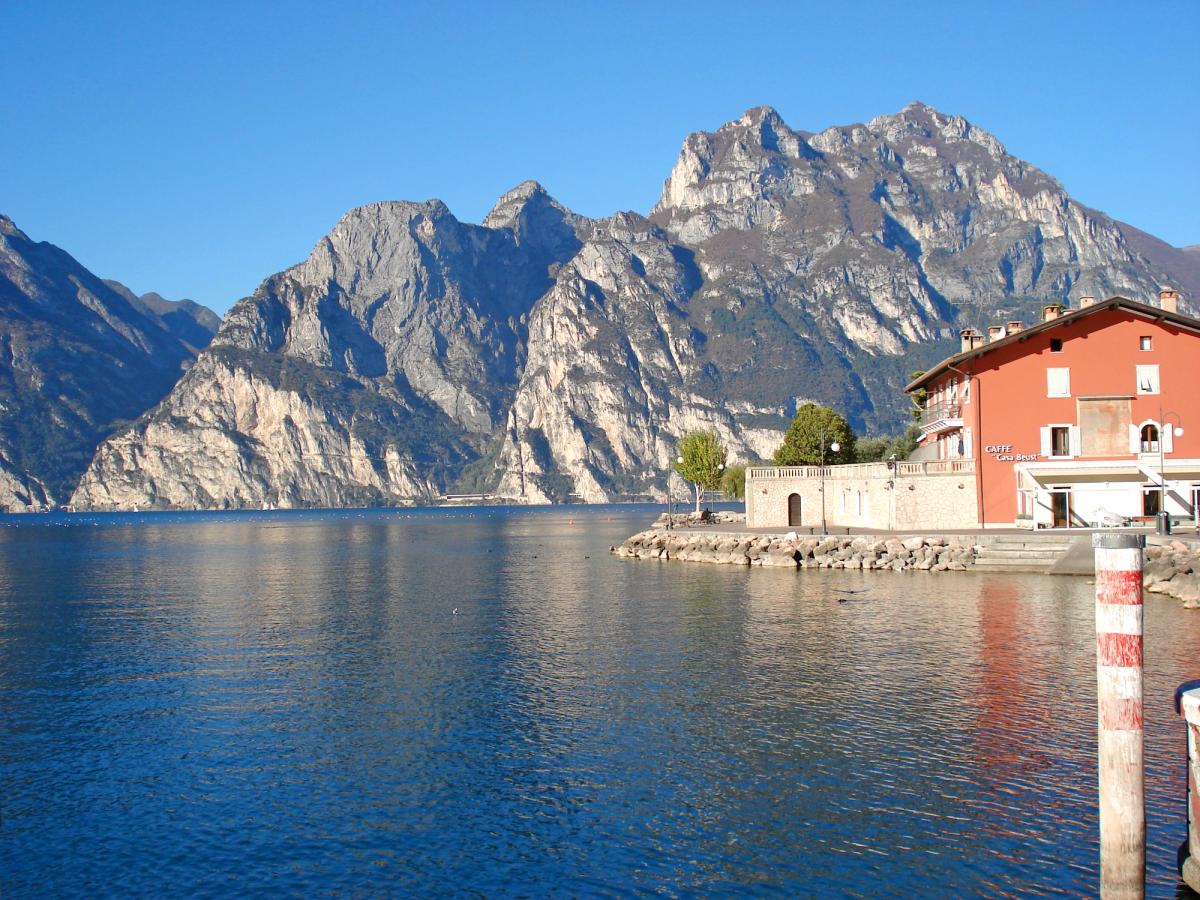
Leisurely

Moderate
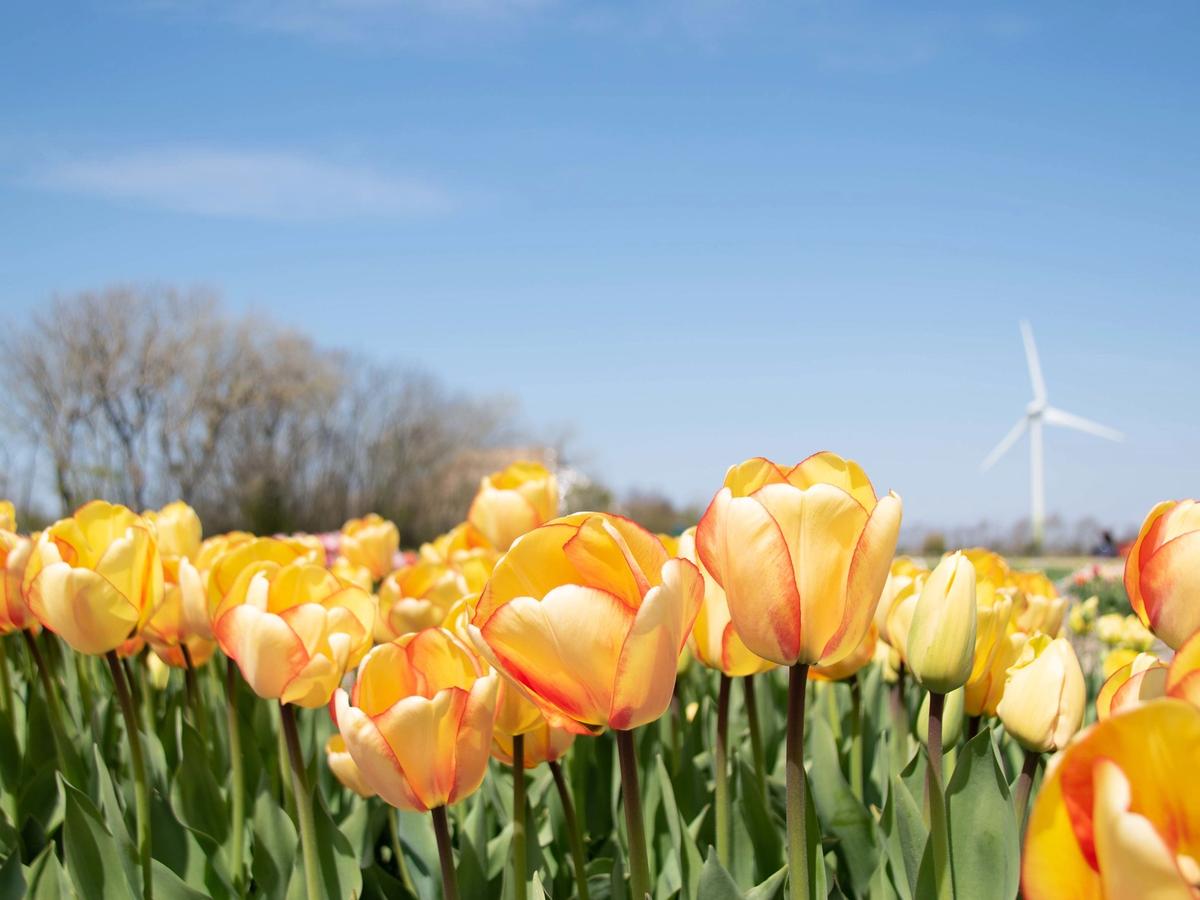
Easy